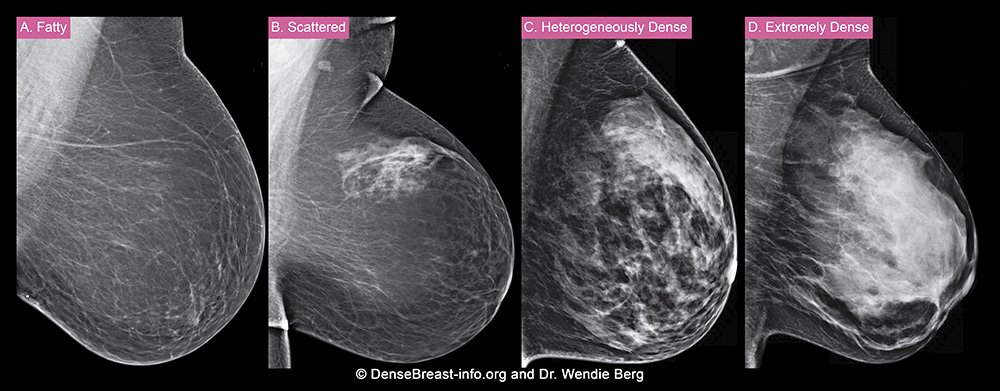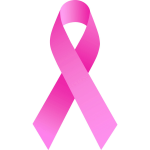The disease
Breast cancer destroys families. It is the most frequent cancer among women. According to the WHO 2.1 Million woman were affected in 2018 and 30% died. Once a patient is diagnosed with breast cancer several treatment approaches can be taken. Among them is surgery, radiotherapy, chemo-, endocrine, and targeted therapies, depending on the stage of the cancer.
With cancer, your body cells grow abnormally and can invade or spread to other parts of your body. This abnormal tissue disrupts normal body functions and eventually leads to various symptoms.
Risk factors
The individual risk to develop breast cancer is a likelihood based on previous cases and their circumstances. Likelihoods do not predict your individual fate. They rather count how many recorded cases occurred with similar circumstances. Personalized care tries to identify and measure personal risk factors to minimize the likelihood to develop breast cancer as much as possible. Please keep in mind that for your personalized likelihood data collections are used and these collections are (almost always) biased and may or may not be suited for your individual risk assessment.
There are two categories of risk factors, the fixed and modifiable factors. While fixed ones cannot be changed, your personal lifestyle does affect your risk to develop breast cancer.
Risk factors you can control
Weight, Diet, Exercise
Alcohol consumption, Smoking
Taking hormones, in particular estrogen
Pregnancy and breastfeeding
Stress and anxiety
Risk factors you cannot control
Genetic mutations
Personal and family history of breast cancer
Gender, Age, Race
Having dense breasts
Previous treatment using radiation therapy
Breast cellular changes
Exposure to estrogen
(Absence of) pregnancy and breastfeeding
Diagnosis and screening
Early detection of (breast) cancer improves the outcome and survival of the disease. The management of the disease and any kind of treatment is much more effective if the cancer is detected early. Many countries have breast cancer screening programs to identify personal risk factors and early stage cancers.
During the initial screening risk factors and tissue abnormalities shall be identified. So a mixture of questionnaires about personal circumstances and medical examinations are carried out. Usually also a mammogram is taken during the initial screening. In mammography an X-ray image of the breast tissue is taken and evaluated for abnormal tissue structures by experienced radiologists. Decision support software is used more and more often as a second opinion about the mammogram but the diagnosis is done by a (or several) human expert(s).

Four mammograms with different breast density categories are shown. Breasts can be almost entirely fatty (see A), or have scattered areas of dense fibroglandular breast tissue (see B). Dense breasts are either heterogeneously dense and have many areas of glandular and connective tissue (see C), or are extremely dense (see D).
Having dense breasts is a risk factor for two reasons. Mammography is less effective and early signs of cancer are obscured by the dense tissue. In addition, but independently, patients with dense breasts are more likely to develop breast cancer.
In case of persistent uncertainty about tissue structures in the mammogram, additional imaging modalities will be used, such as ultrasound and breast MRI.
References
| World Health Organization: Breast cancer |
| Wikipedia: Breast cancer |
| Breastcancer.org |
| Densebreast-info.org |
